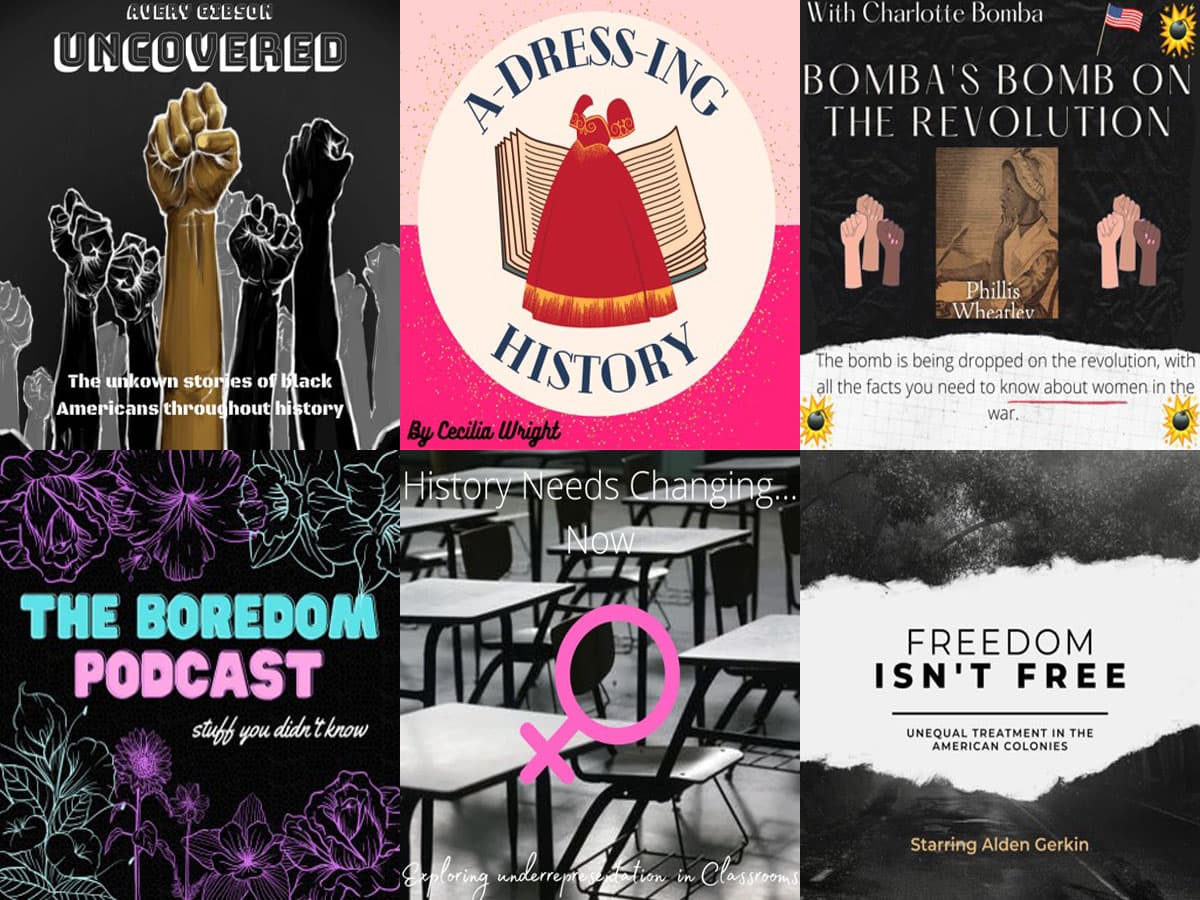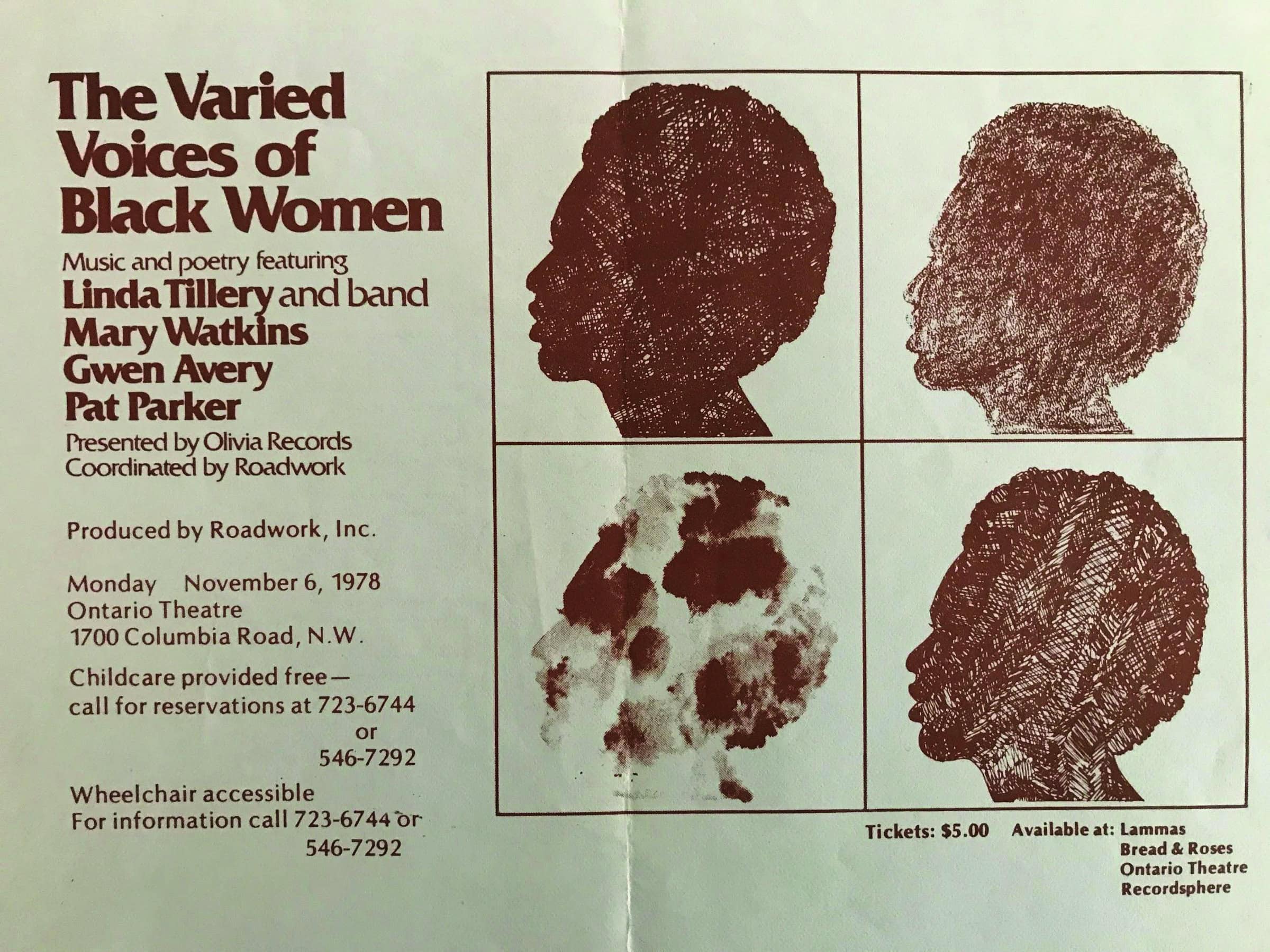The advances suggested by the foregoing papers in regard to dealing with gender in the history survey are most welcome. We’ve moved well beyond the stage where women’s history was introduced, rather awkwardly, in an occasional special lecture—if it’s the third Friday in the month, it must be women again. And we are no longer mainly looking for great women to match great men, though a few elements of this approach persist. The rich array of course materials and exercises, including role-playing assignments, represents a major extension of the options available in the survey course. The three rules for adequate representation offered by Judith Zinsser provide genuinely useful guidelines. And the turn to gender, that is, to men as well as women and their interactions and overlapping constructions, rather than to women’s history as a more isolated category, can only be commended.
All this said, I did find one or two ingredients missing in these excellent sketches, or at least insufficiently articulated. When I think of a survey course, I definitely want to consider types of intellectual experiences and materials, which is where the suggestions in the papers are so obviously fruitful, but I also want to worry about systematic conceptual structure. Systematic conceptualization, of course, means different things to different historians, and it is a difficult ideal in any event. But I do think we need to apply this type of concern to gendering the survey, even when the implementation cannot yet match the ambition.
Periodization is one key conceptual building block. The survey course poses a near obligation to think seriously about when basic frameworks change and, if possible, why, bringing students as fully as possible into the process of thinking through these questions. When in world, Western, or U.S. history have gender structures decisively changed, and by what criteria do we try to decide? What relationship do gender periods have to other, more conventional periodization? The utility of continuing to discuss issues such as whether there was a Renaissance for women, evoked in these papers but not really pursued, strikes me as essential. Otherwise we miss an opportunity to take gender history as seriously as we take changes in government structures or major intellectual systems, and even if we follow some rules about inclusion, we let course structures continue to be shaped by other, ungendered factors. When we have plausible models for gender periodization in world history—beyond hunting and gathering, agricultural patriarchy, and industrial challenge—we will have, as the phrase goes in the gender biz, come a long way.
The need to attend seriously to periodization—and I do not claim that in fields like world history the issue has been thought through well enough yet to be more than suggestive—raises another, tougher question. How much does gender vary, from one period or one society to the next, as a decisive determinant of human life in the past? Of course there are always men and women, and gender always counts for something. But it is clear that gender issues are much more pressing, much more contested, at some points than at others. We need to begin sorting through these variations, rather than assuming that gender has some privileged constancy in all times and places. We need to juxtapose gender, in other words, with other principles of social differentiation to see how it fits into larger systems.
A comparative approach may be extremely useful here—and again, I was struck by its absence in the papers. Surely we need to help students (even in a United States course alone) to look at gender systematically enough that they can see what, if anything, was distinctive about American renderings of gender, and how one compares gender as an identifier and determinant from one society to the next.
Periodization, discussions of the priority of gender, and comparison all help link gender to other standard topics in the survey, so that we begin to create not just equality of coverage, but equality of analytical rigor as well. How much difference have gender constructions made to past societies, viewed in terms of the topics we usually worry about in survey history as well as in gender terms themselves? How, if at all, do gender differences relate to distinctions in political or religious structures, as cause and effect alike? Ultimately, the integrated survey has to allow for these questions. The questions get asked when gender is presented to skeptical audiences of survey teachers, and they should be asked by sophisticated students as well.
To be sure, we can’t answer all the questions, not yet at least. We lack some of the necessary materials even to teach them as well as we should—the absence of comparative treatments is striking, and few periodization efforts build gender in very successfully. But along with imaginative classroom exercises and good rules for inclusion, we need to push the analytical wheel forward, if the gendered survey is to have solid foundations.



